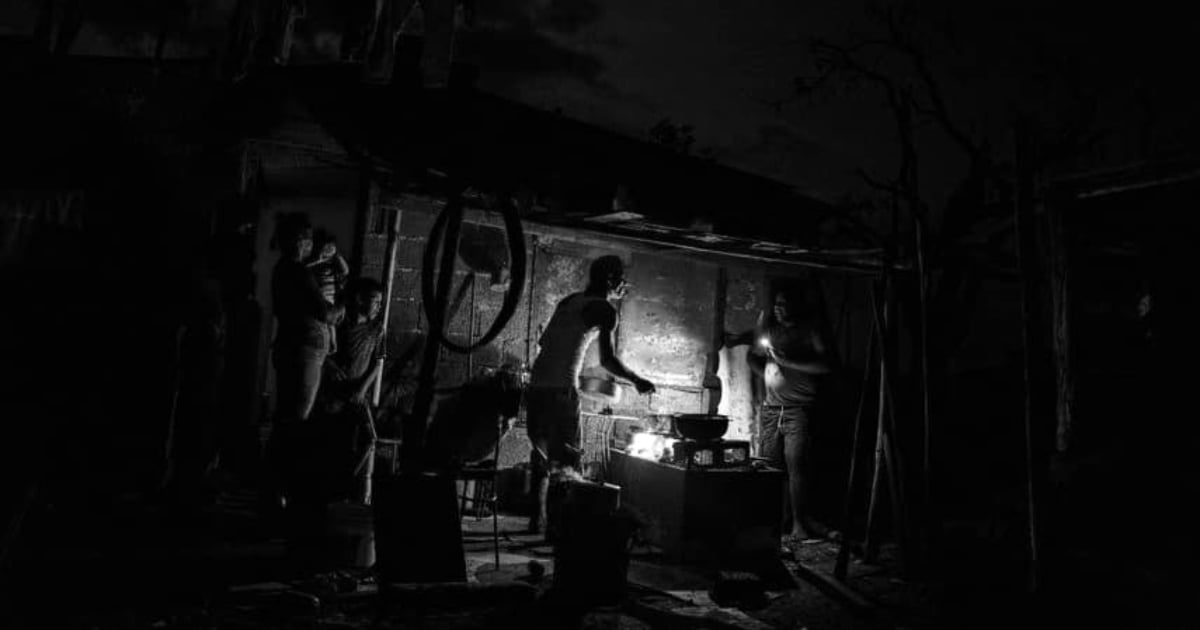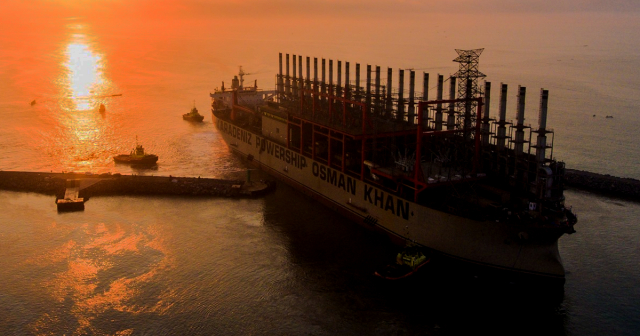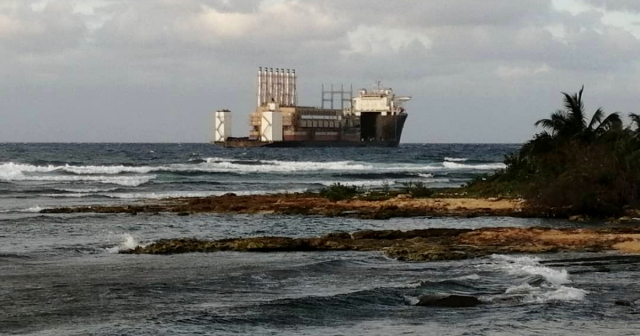
Despite the insensitivity acquired by Cubans to endure the massive blackouts, Saturday's events once again crossed the threshold of 1,300 megawatts of "affectations," accentuating the dull discomfort that permeates a country subjected to the rule of incompetent individuals clinging to power.
As many feared and is usually the case, the power outages exceeded those forecasted by the Electric Union of Cuba (UNE), which estimated "an impact of 1,221 MW during peak hours."
This Sunday, in its information note, the state company led by Alfredo López Valdés acknowledged that the blackouts on Saturday reached 1,325 MW at 9:10 PM, which is 104 MW above the forecast, according to official calculations and figures (which many Cubans doubt).
"Yesterday, the service was affected by a deficit in generation capacity 24 hours a day, and it has continued throughout the early hours of today," the UNE admitted again, a company that holds the monopoly on electricity supply in the country and, from that position, shows little respect and consideration for its captive customers.
The situation remains the same or worse during the first hours of this Sunday. As of 07:00, a generation capacity deficit of 829 MW of outages is already reported. "During the peak hours, an estimated deficit of 980 MW is expected," added the UNE in its social media update.
In addition to the breakdowns of unit 2 of the Felton thermoelectric plant and unit 5 of the Renté plant, maintenance of unit 2 in Santa Cruz is also being added.
But the day brings new incidents in the collapsed national electric power system (SEN). While the day before there were reports of disconnection and low deliveries from three floating power plants (“Turkish barges” located in the Bay of Havana, Santiago de Cuba, and the Port of Mariel), UNE reported this Sunday that the incidents in these infrastructures involve “impacts” amounting to 289 MW.
The lack of fuel has paralyzed 47 distributed generation plants, which stops them from contributing 267 MW to the National Electric System (SEN). Additionally, it leaves "the Patana of Santiago de Cuba, the Patana of Regla, and engines at the Patana of Melones" stranded. According to UNE, the lack of fuel is responsible for a shortfall of 556 MW in the SEN, almost 17% of the calculated demand.
"With this forecast, a availability of 2,092 MW is estimated for peak hours and a maximum demand of 3,300 MW, resulting in a deficit of 1,208 MW. If the projected conditions persist, an impact of 1,278 MW is predicted during this time," concluded the UNE, leaving open the possibility that this Sunday could be even darker than the previous day.
The end of September is turning out to be just as critical, if not more so, than the worst days of July and August, when it was supposed that blackouts would decrease thanks to the maintenance strategy implemented by the government of Miguel Díaz-Canel, which ultimately turned out to be a resounding failure.
A Cuban said it in May, when the blackouts were relentless and the Cuban authorities justified them by the "strategy" of Díaz-Canel, instilling false hopes for the summer: "Cubans should be given the Guinness record for endurance."
What do you think?
COMMENTFiled under:






